43 label the prokaryotic cell
draw a prokaryotic cell and label it - jamesvanderbeekreligion Label all the organelles and structures present in a typical prokaryotic cell. It has Singular Chromosome membrane bound organelles are absent and its nuclear region is not very well defined. Image shown above is the diagram for prokaryotic cell with label HardikSharma1672 HardikSharma1672. Draw an image of a Prokaryotic cell in the space below. Prokaryotic Cell - Definition, Examples & Structure - Biology Dictionary A prokaryotic cell is a type of cell that does not have a true nucleus or membrane-bound organelles. Organisms within the domains Bacteria and Archaea are based on the prokaryotic cell, while all other forms of life are eukaryotic. However, organisms with prokaryotic cells are very abundant and make up much of Earth's biomass. Overview
Labeling the Prokaryotic Cell Flashcards | Quizlet Terms in this set (10) Prokaryotic Cell Capsule A sticky layer that surrounds the cell walls of some bacteria, protecting the cell surface and sometimes helping to glue the cell to surfaces. Cell Wall A rigid layer of nonliving material that surrounds the cells of plants and some other organisms. Plasma Membrane
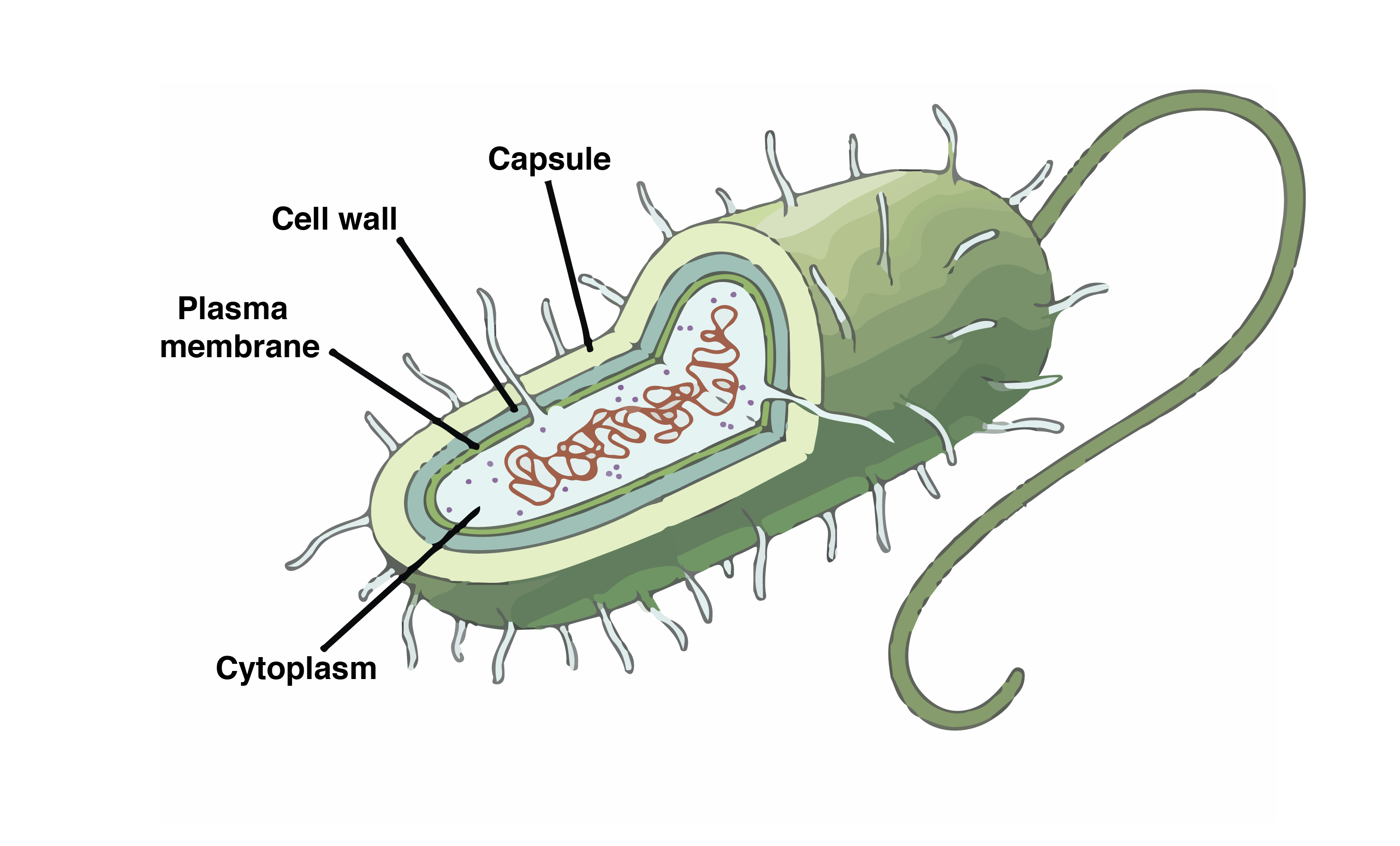
Label the prokaryotic cell
IB Biology Notes - 2.2 Prokaryotic cells - IB Guides IB Biology Notes - 2.2 Prokaryotic cells Prokaryotic cells 2.2.1 Draw and label a diagram of the ultrastructure of Escherichia coli (E. coli) as an example of a prokaryote. 2.2.2 Annotate the diagram from 2.2.1 with the functions of each named structure. Cell wall: Protects the cell from the outside environment and maintains the shape of the cell. Solved: Label the parts of the prokaryotic cell. Label ... - Chegg Label the parts of the prokaryotic cell. Step-by-step solution Step 1 of 3 Cells without the presence of nucleus are called prokaryocytes (Greek: pro, before and karyon, nucleus). Chapter 3, Problem 42CT is solved. View this answer View a sample solution Step 2 of 3 Step 3 of 3 Back to top Corresponding textbook Microbiology | 0th Edition Prokaryotic Cell: Definition, Examples, and Structure - Research Tweet Examples of Prokaryotic Cells. a) Bacteria: Belonging to the domain eubacteria, bacteria are single celled and invisible without the aid of microscope. The DNA is encapsulated in the nucleoid region of the cytoplasm and these organisms lack compartments. The reproduction mode is asexually through budding or by releasing spores.
Label the prokaryotic cell. Prokaryotic Cells- Definition, Structure, Characteristics, and ... - BYJUS The prokaryotic cells have four main components: Plasma Membrane- It is an outer protective covering of phospholipid molecules which separates the cell from the surrounding environment. Cytoplasm- It is a jelly-like substance present inside the cell. All the cell organelles are suspended in it. DNA- It is the genetic material of the cell. 2,455 Prokaryotic cell Images, Stock Photos & Vectors - Shutterstock Find Prokaryotic cell stock images in HD and millions of other royalty-free stock photos, illustrations and vectors in the Shutterstock collection. Thousands of new, high-quality pictures added every day. Cell biology - Wikipedia Cell biology encompasses both prokaryotic and eukaryotic cells and has many subtopics which may include the study of cell metabolism, cell communication, cell cycle, biochemistry, and cell composition. The study of cells is performed using several microscopy techniques, cell culture, and cell fractionation. These have allowed for and are currently being used for discoveries and … Label the Parts of a Prokaryotic Cell - Printable - PurposeGames.com This is a printable worksheet made from a PurposeGames Quiz. To play the game online, visit Label the Parts of a Prokaryotic Cell Download Printable Worksheet Please note! You can modify the printable worksheet to your liking before downloading. Download Worksheet Include correct answers on separate page About this Worksheet
CELLS alive! Since 1994, CELLS alive! has provided students with a learning resource for cell biology, microbiology, immunology, and microscopy through the use of mobile-friendly interactive animations, video, puzzles, quizzes and study aids. DNA Structure - YouTube Learn about the structure of DNA and how to recognize all the parts in this video! DNA Replication - The Cell - NCBI Bookshelf DNA Polymerases. DNA polymerase was first identified in lysates of E.coli by Arthur Kornberg in 1956. The ability of this enzyme to accurately copy a DNA template provided a biochemical basis for the mode of DNA replication that was initially proposed by Watson and Crick, so its isolation represented a landmark discovery in molecular biology. Ironically, however, this first DNA … Eukaryotic Cell - The Definitive Guide | Biology Dictionary A eukaryotic cell contains membrane-bound organelles such as a nucleus, mitochondria, and an endoplasmic reticulum. Organisms based on the eukaryotic cell include protozoa, fungi, plants, and animals. These organisms are grouped into the biological domain Eukaryota. Eukaryotic cells are larger and more complex than prokaryotic cells found in ...
Prokaryotic Cells Quiz - ProProfs Quiz Create your own Quiz. Welcome to this unique "Prokaryotic Cells Quiz" that is going to test your knowledge about prokaryotic cells. Prokaryotic cells are unicellular organisms that lack a membrane-bound nucleus, mitochondria, or any other membrane-bound organelle. They are divided into two domains; Archaea and Bacteria. Studying Cells - National Institute of General Medical Sciences … 11.03.2020 · The most prominent organelle is the nucleus, which contains the cell’s genetic material, or DNA (see more on DNA). Prokaryotic cells don’t have a nucleus or other organelles. They are single-celled microorganisms that tend to be smaller than eukaryotic cells. There are two types of prokaryotic cells—bacteria and archaea. SOLVED:Label the parts of the prokaryotic cell. - Numerade So first we have the chromosome. Most procure it excels, have a circular chromosome. However, in some cells, this will be called the nuclear region. And they would have DNA sort of strewn about within this area. So next up, we have rivasseau. Bacterial cells have a different Riva zone than human cells, and it is called the 70 s, right, son. Virtual Microscope - NCBioNetwork.org Lesson Description BioNetwork’s Virtual Microscope is the first fully interactive 3D scope - it’s a great practice tool to prepare you for working in a science lab. Explore topics on usage, care, terminology and then interact with a fully functional, virtual microscope. When you are ready, challenge your knowledge in the testing section to see what you have learned.
PDF Prokaryotic Cell Structure & Function - Anoka-Hennepin School District 11 Prokaryotes-CellShapes Most bacteria are classifies according to shape: 1. bacillus (pl. bacilli)= rod-shaped 2. coccus(pl. cocci… sounds like cox-eye)= spherical 3. spiral shaped a. spirillum(pl. spirilla) = spiral with rigid cell wall, flagella b. spirochete(pl. spirochetes)= spiral with flexible cell wall, axial filament
Cell (biology) - Wikipedia Prokaryotes include bacteria and archaea, two of the three domains of life.Prokaryotic cells were the first form of life on Earth, characterized by having vital biological processes including cell signaling.They are simpler and smaller than eukaryotic cells, and lack a nucleus, and other membrane-bound organelles.The DNA of a prokaryotic cell consists of a single circular …
Prokaryotic Cell: Definition, Functions, Diagram, Examples - Embibe Exams Prokaryotic cells are the unicellular cells that lack a well-defined nucleus, i.e. genetic material is not enclosed by a nuclear membrane. These cells are very minute in size \ (0.1\) to \ (5.0\, {\rm {\mu m}}\). Common prokaryotic cell is a bacterial cell. Our body has over \ (100\) trillion bacterial cells.
Label the prokaryotic cell Quiz - PurposeGames.com This is an online quiz called Label the prokaryotic cell There is a printable worksheet available for download here so you can take the quiz with pen and paper. Your Skills & Rank Total Points 0 Get started! Today's Rank -- 0 Today 's Points One of us! Game Points 8 You need to get 100% to score the 8 points available Actions Add to Playlist
Cell Membrane Function and Structure - ThoughtCo Oct 07, 2019 · Microscopic view of phospholipids. Stocktrek Images / Getty Images. Phospholipids are a major component of cell membranes.Phospholipids form a lipid bilayer in which their hydrophilic (attracted to water) head areas spontaneously arrange to face the aqueous cytosol and the extracellular fluid, while their hydrophobic (repelled by water) tail areas face away from the cytosol and extracellular ...
Difference between Prokaryotic and Eukaryotic Cells - BYJUS A prokaryotic cell is a primitive type of cell that is characterized by the absence of a nucleus. Furthermore, prokaryotes do not possess membrane-bound cellular organelles. Prokaryotes are exclusively unicellular. What is a Eukaryotic cell? Eukaryotic cells are cells that possess a true nucleus along with membrane-bound organelles.
Prokaryotic cells (article) | Khan Academy Cell size. Typical prokaryotic cells range from 0.1 to 5.0 micrometers (μm) in diameter and are significantly smaller than eukaryotic cells, which usually have diameters ranging from 10 to 100 μm. The figure below shows the sizes of prokaryotic, bacterial, and eukaryotic, plant and animal, cells as well as other molecules and organisms on a ...
Prokaryotic cell to label - Labelled diagram - Wordwall Verbind ieder label met de juiste plek in de afbeelding.. nucleoid region, pili, ribosomes, flagellum, plasmid, cytoplasm, plasma membrane, cell wall, capsule.
Prokaryotic Cells: Structure, Function, and Definition - ThoughtCo Prokaryotes are single-celled organisms that are the earliest and most primitive forms of life on earth. As organized in the Three Domain System, prokaryotes include bacteria and archaeans. Some prokaryotes, such as cyanobacteria, are photosynthetic organisms and are capable of photosynthesis .
Prokaryotic Cells - Visible Body Prokaryotic cells comprise bacteria and archaea. Their genetic material isn't stored within a membrane-bound nucleus. Instead, it is stored in a nucleoid that floats in the cell's cytoplasm. Prokaryotic cells are normally smaller than eukaryotic cells, with a typical size range of 0.1 to 5 μm in diameter. Prokaryotes are made up of a ...
Differences Between Plant and Animal Cells - ThoughtCo 04.05.2019 · Animal cells and plant cells are similar in that they are both eukaryotic cells.These cells have a true nucleus, which houses DNA and is separated from other cellular structures by a nuclear membrane. Both of these cell types have similar processes for reproduction, which include mitosis and meiosis.Animal and plant cells obtain the energy they need to grow and …
Label the Structures of the Prokaryotic Cell Diagram | Quizlet Label the Structures of the Prokaryotic Cell STUDY Learn Write Test PLAY Match Created by soccerplaya209 Terms in this set (7) Nucleoid Plasmid Cytoplasm Cell Wall Plasma Membrane Capsule Ribosome THIS SET IS OFTEN IN FOLDERS WITH... Ch 6 - An Introduction to Viruses 47 terms AEDoughty Microbiology: Chapter 7 Microbial Nutrition, Ecolo… 83 terms
Draw a well labelled diagram of prokaryotic cell how can you ... - Brainly Answer: Prokaryotes are unicellular organisms that lack organelles or other internal membrane-bound structures. Therefore, they do not have a nucleus, but, instead, generally have a single chromosome: a piece of circular, double-stranded DNA located in an area of the cell called the nucleoid. Explanation: Advertisement Answer 4.6 /5 6 asudanikartik
Prokaryotic Cell Parts, Functions & Diagram - Science Prof Online Prokaryotic cells are much simpler than the more evolutionarily advanced eukaryotic cell . Whereas eukaryotic cells have many different functional compartments, divided by membranes, prokaryotes only have one membrane (the plasma membrane) enclosing all of the cell's internal contents.
prokaryotic cell diagram worksheet 12 Best Images Of Animal Cell Labeling Worksheet - Label Animal Cell. . cell animal diagram drawing simple plant label coloring labeling worksheet blank labels labeled paintingvalley worksheeto crossword puzzle explore worksheets create.
Prokaryotic Cells | Boundless Biology | | Course Hero Prokaryotic DNA is found in a central part of the cell called the nucleoid. The cell wall of a prokaryote acts as an extra layer of protection, helps maintain cell shape, and prevents dehydration. Prokaryotic cell size ranges from 0.1 to 5.0 μm in diameter. The small size of prokaryotes allows quick entry and diffusion of ions and molecules to ...
Solved Can you label the structures of a prokaryotic cell ... - Chegg Expert Answer. If you like …. View the full answer. Transcribed image text: Can you label the structures of a prokaryotic cell? Part A Drag the labels to the appropriate locations in this diagram. Reset Helio capsule timbrie Homes plama membrane Rucold bacten apote Parduction, Submit Previous Answers Flequest Answer.
Prokaryote Labeling | Science - Quizizz answer choices. prokaryotes lack a nucleus and membrane-bound organelles. prokaryotes have a nucleus and membrane-bound organelles. prokaryotes are the simplest of all cells. prokaryotes are a very complex type of cell. Question 11. 30 seconds. Q. Describe the Chromosome (DNA) of bacteria.
Plant cells - Cell structure - AQA - GCSE Combined Science ... - BBC Filled with cell sap to help keep the cell turgid. Animal cells may also have vacuoles, but these are small and temporary. In animals, they are commonly used to store or transport substances.
Draw a diagram of a prokaryotic cell and label at least ... - Toppr Ask Labelled diagram of a prokaryotic cell. Solve any question of Cell : The Unit of Life with:-. Patterns of problems. >.
The Prokaryotic Cell | Biology for Majors II The features of a typical prokaryotic cell are shown. A prokaryotic cell is a simple, single-celled (unicellular) organism that lacks a nucleus, or any other membrane-bound organelle. Prokaryotic DNA is found in the central part of the cell: a darkened region called the nucleoid (Figure 1). Some prokaryotes have flagella, pili, or fimbriae.
Prokaryotic Cell: Definition, Examples, and Structure - Research Tweet Examples of Prokaryotic Cells. a) Bacteria: Belonging to the domain eubacteria, bacteria are single celled and invisible without the aid of microscope. The DNA is encapsulated in the nucleoid region of the cytoplasm and these organisms lack compartments. The reproduction mode is asexually through budding or by releasing spores.
Solved: Label the parts of the prokaryotic cell. Label ... - Chegg Label the parts of the prokaryotic cell. Step-by-step solution Step 1 of 3 Cells without the presence of nucleus are called prokaryocytes (Greek: pro, before and karyon, nucleus). Chapter 3, Problem 42CT is solved. View this answer View a sample solution Step 2 of 3 Step 3 of 3 Back to top Corresponding textbook Microbiology | 0th Edition
IB Biology Notes - 2.2 Prokaryotic cells - IB Guides IB Biology Notes - 2.2 Prokaryotic cells Prokaryotic cells 2.2.1 Draw and label a diagram of the ultrastructure of Escherichia coli (E. coli) as an example of a prokaryote. 2.2.2 Annotate the diagram from 2.2.1 with the functions of each named structure. Cell wall: Protects the cell from the outside environment and maintains the shape of the cell.
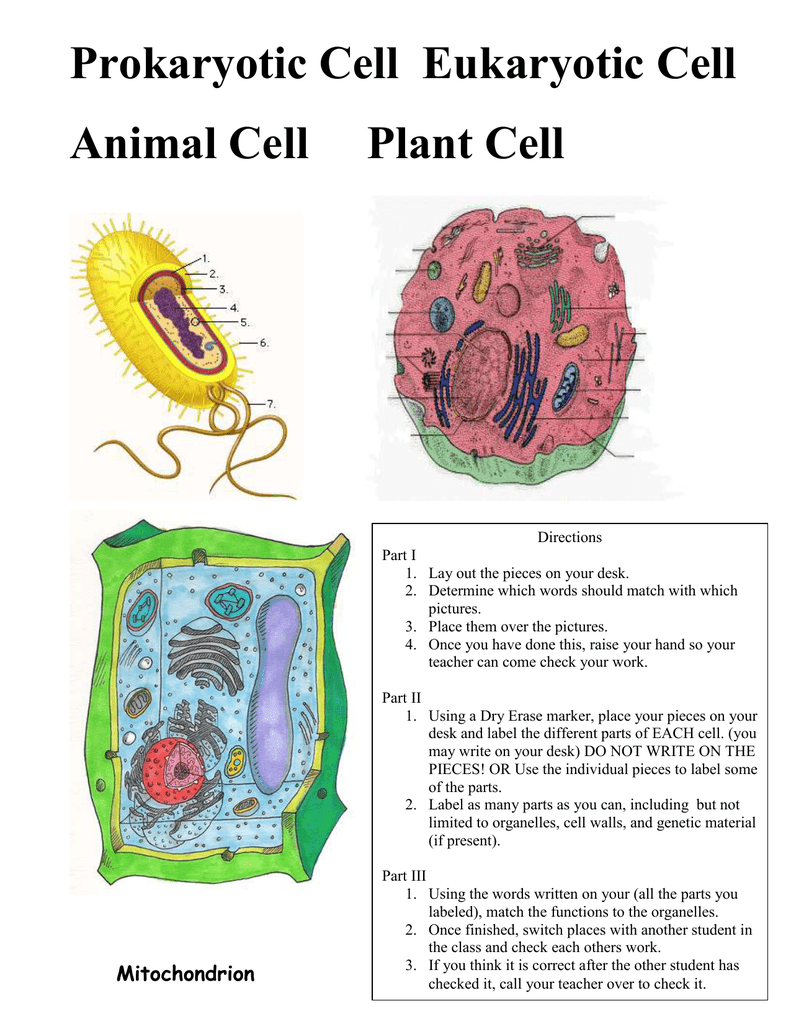
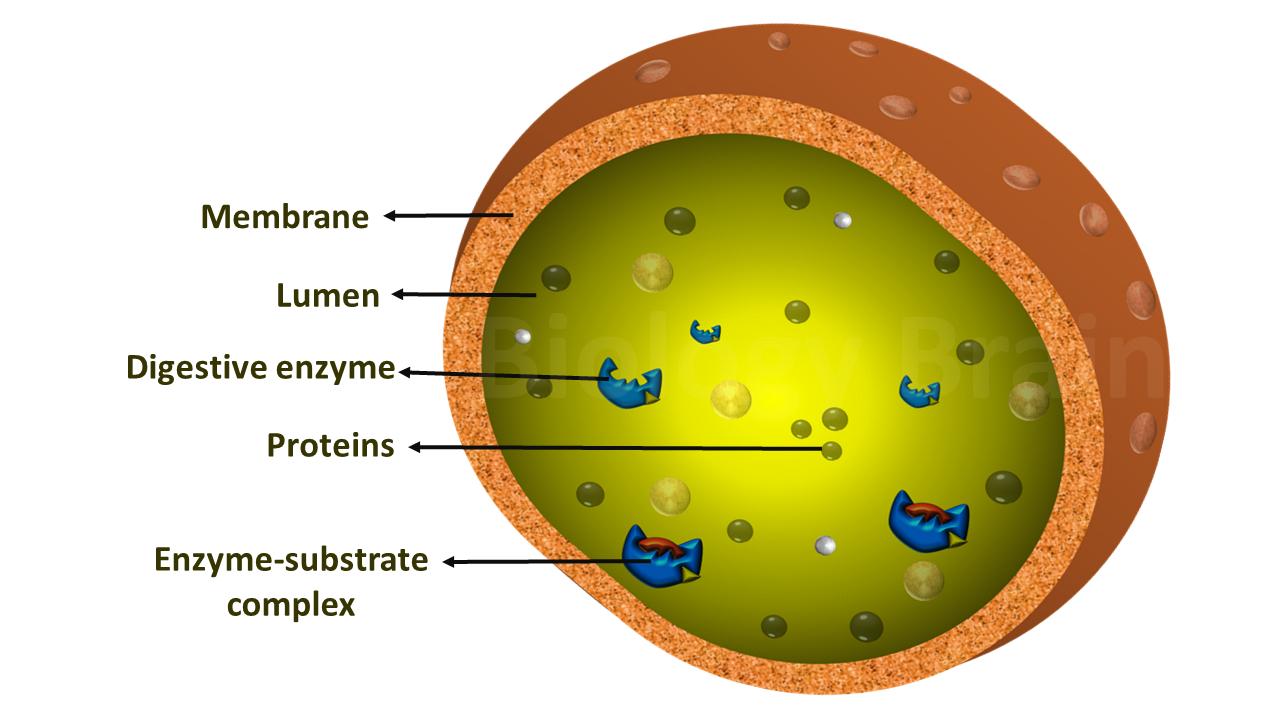



:max_bytes(150000):strip_icc()/what-are-prokaryotes-and-eukaryotes-129478-v41-5b69b4c546e0fb0025628d06.png)

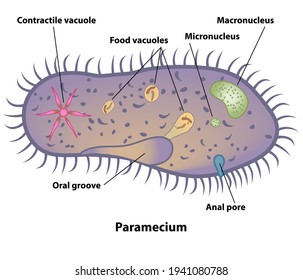

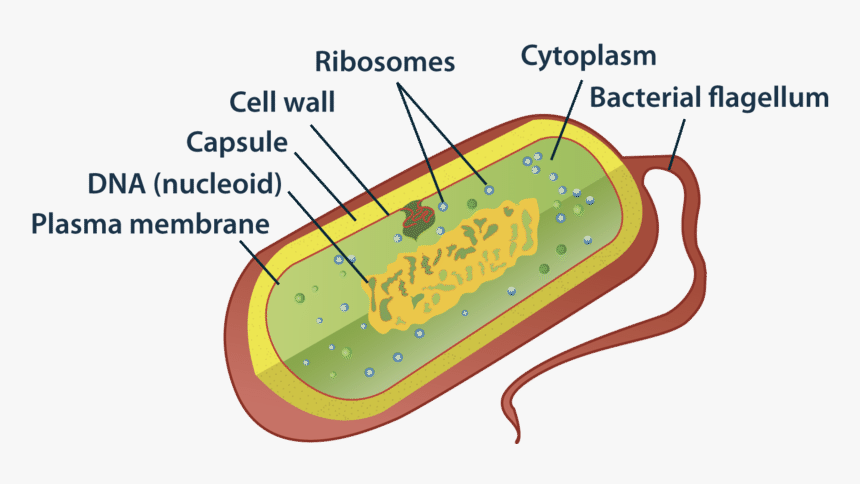
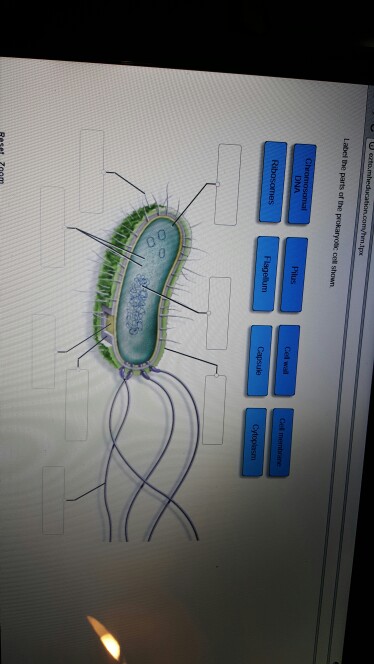


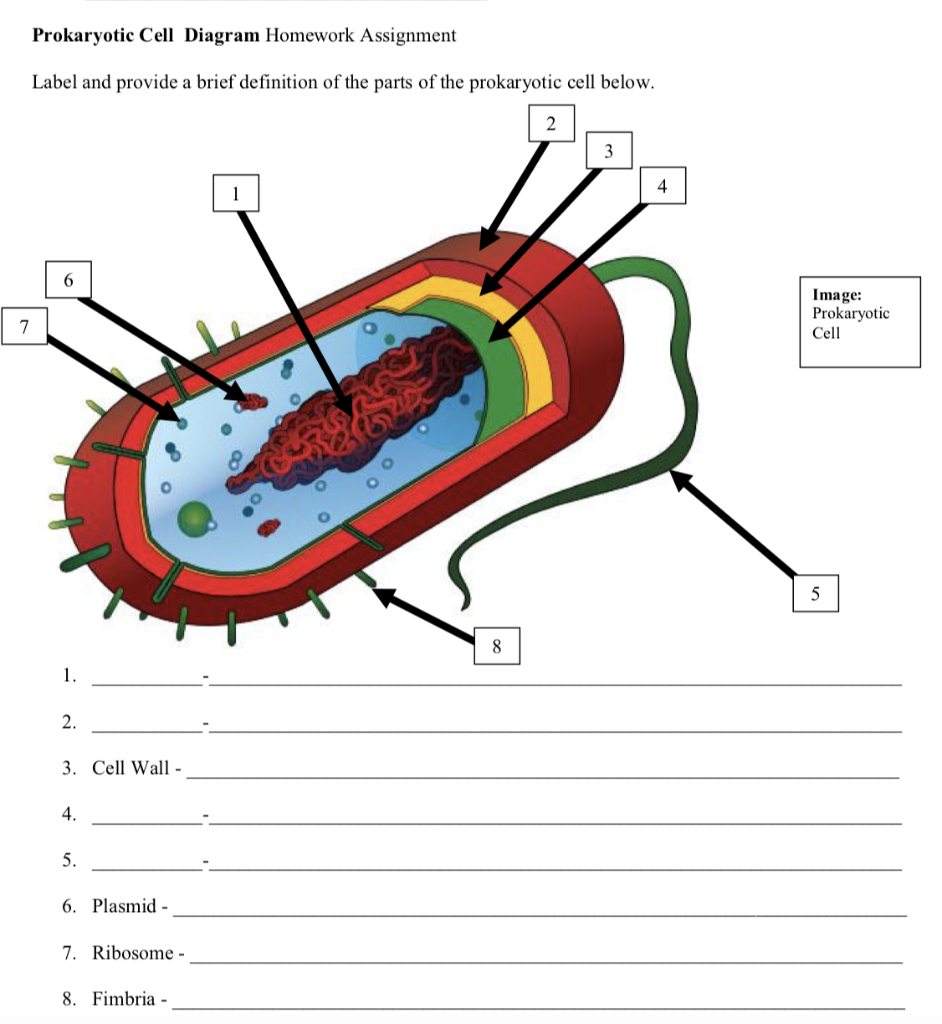
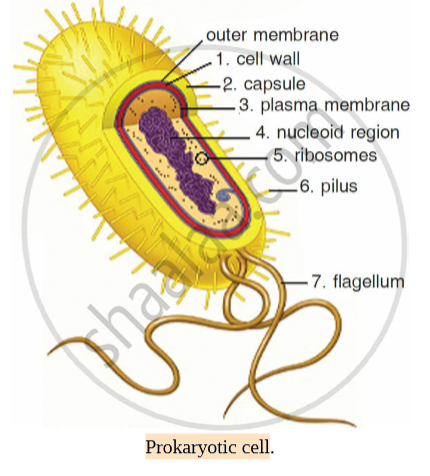



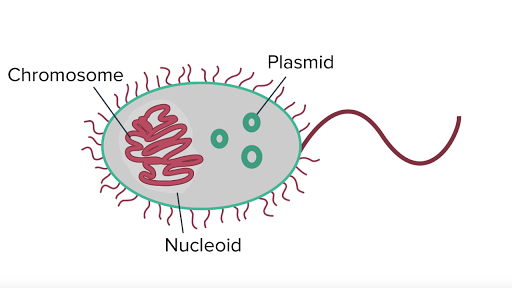
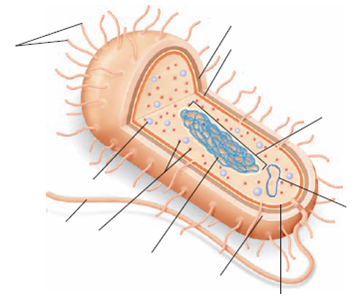
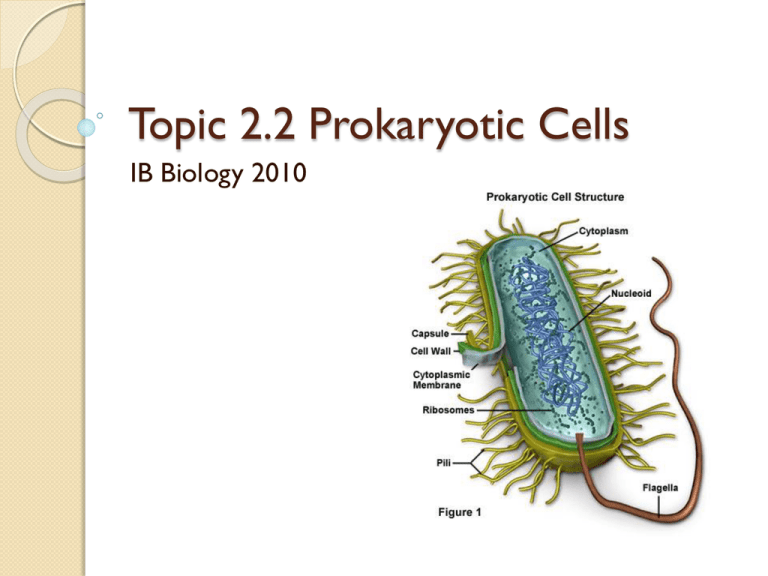



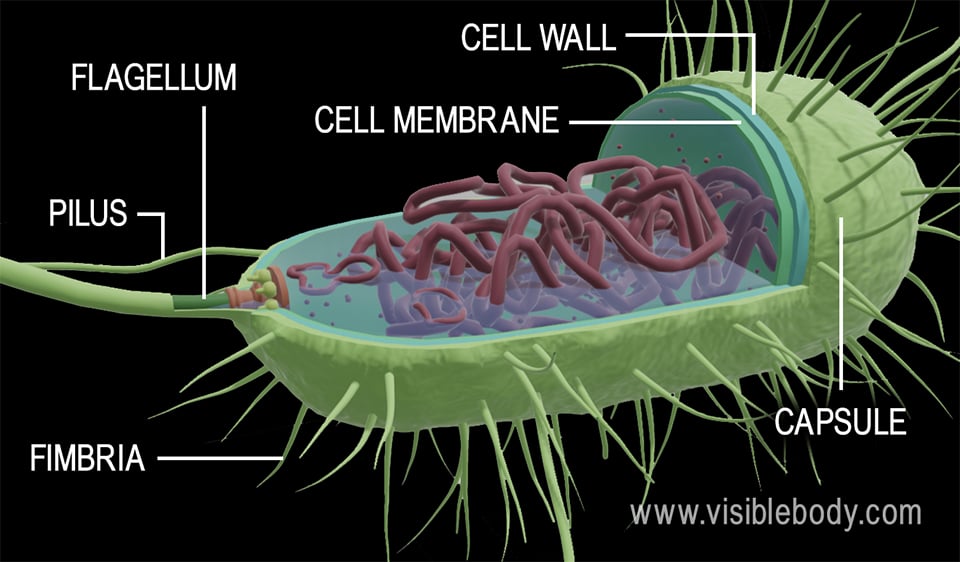









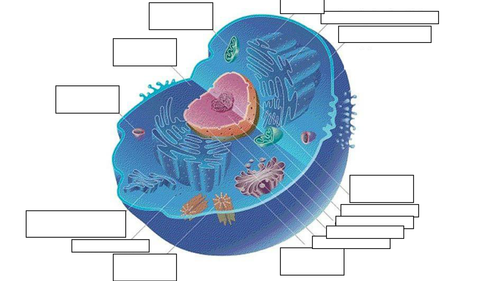
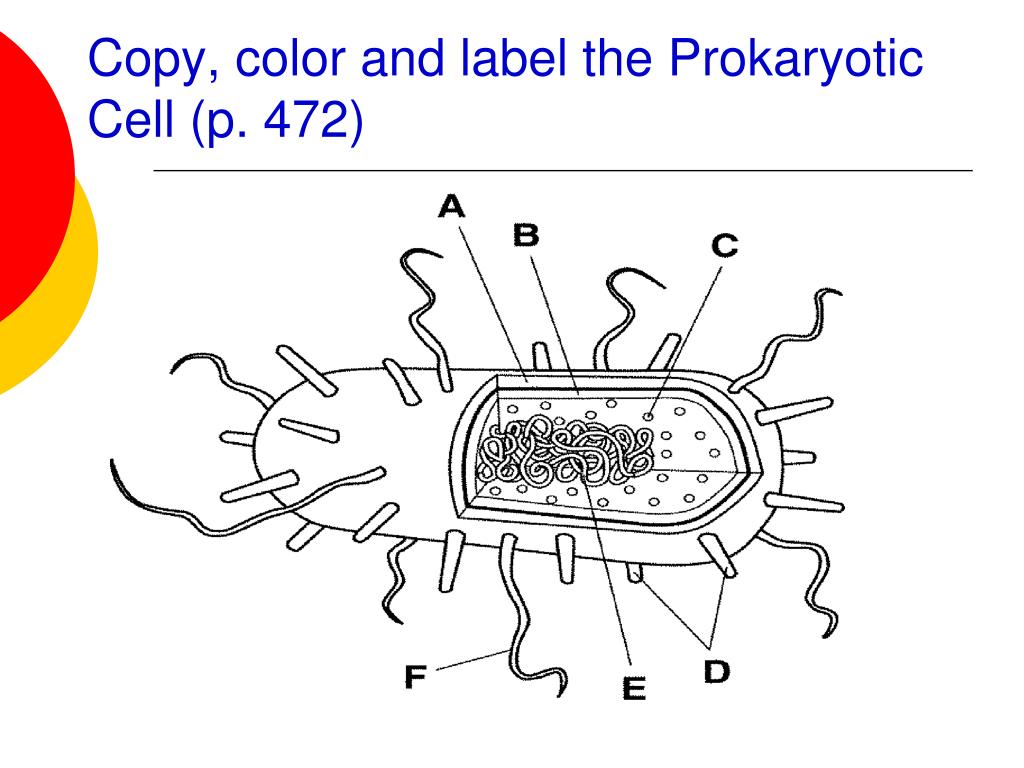

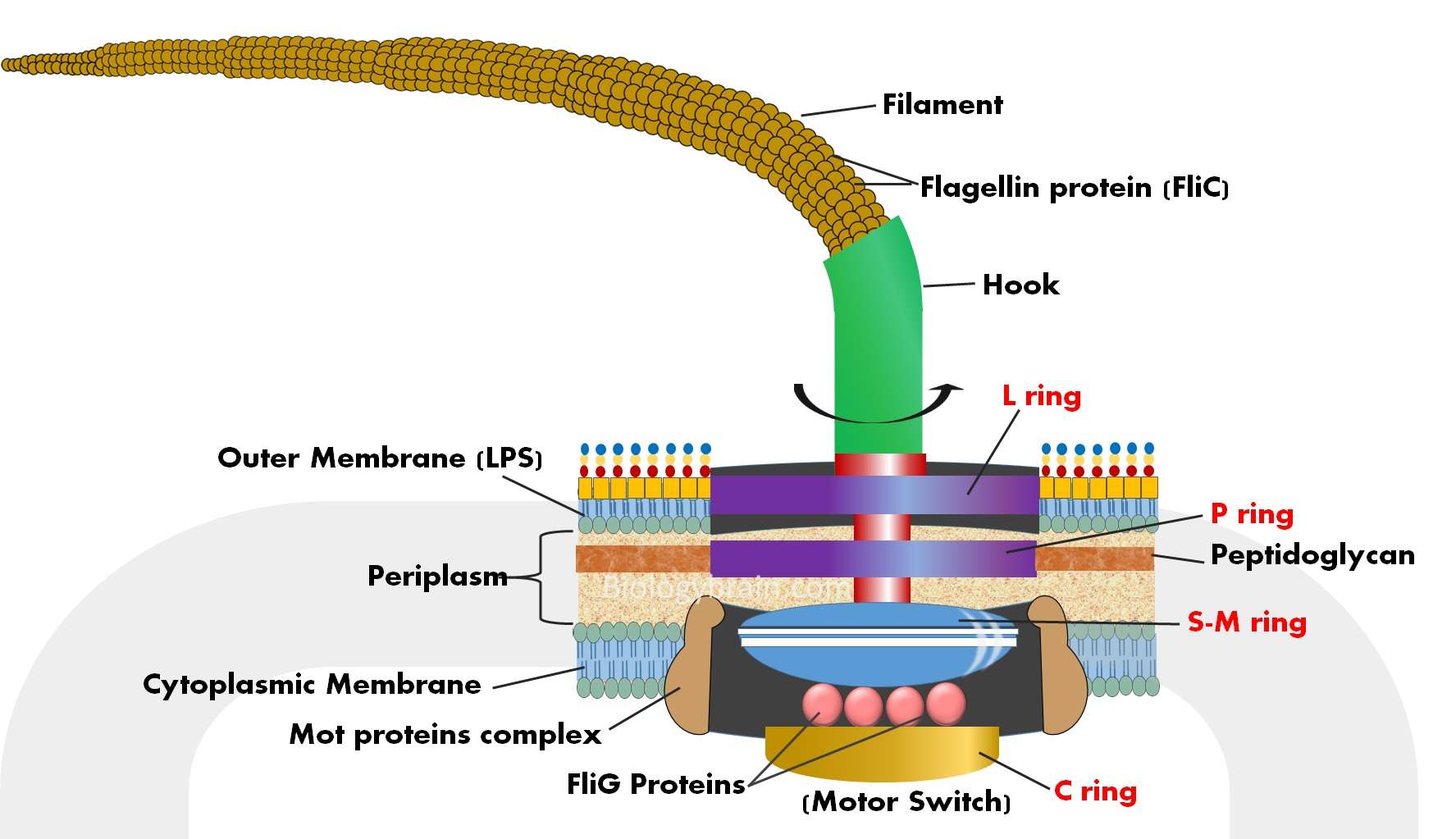
Post a Comment for "43 label the prokaryotic cell"